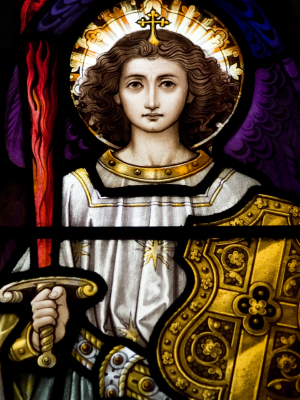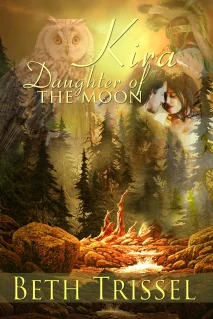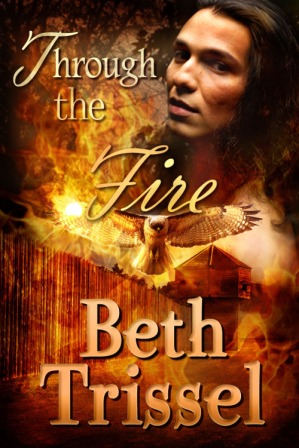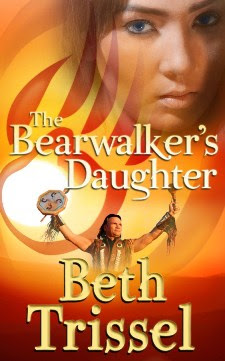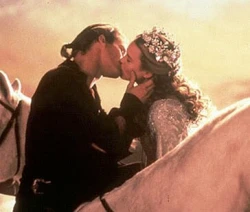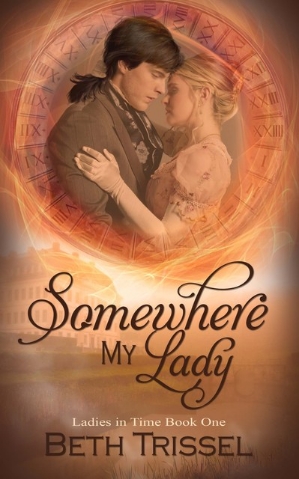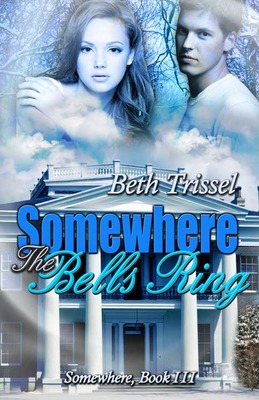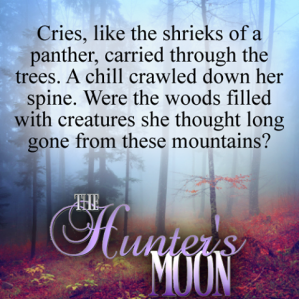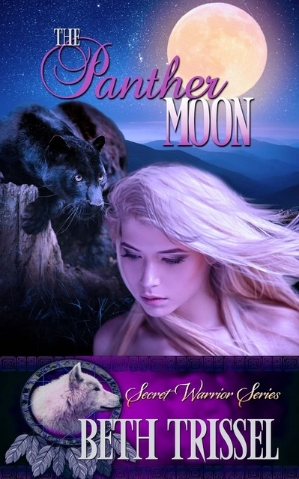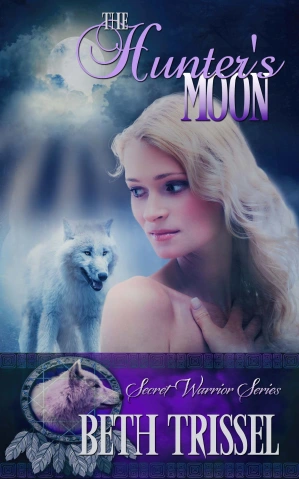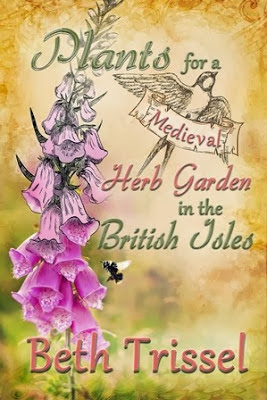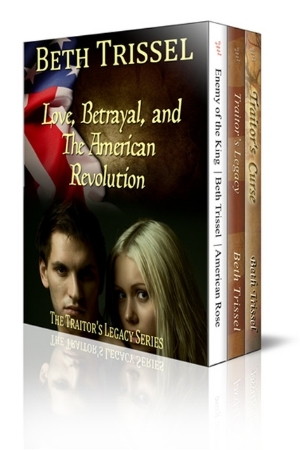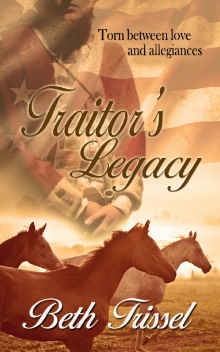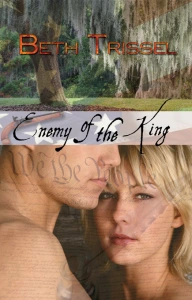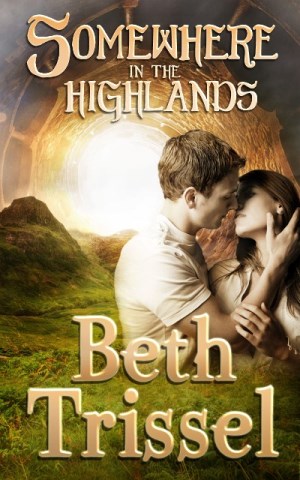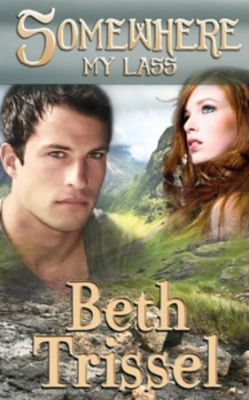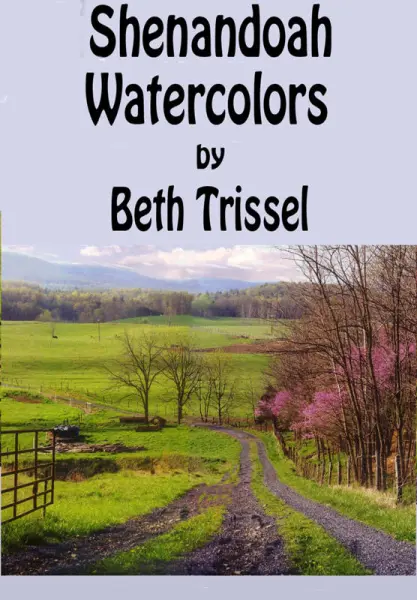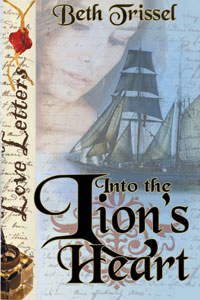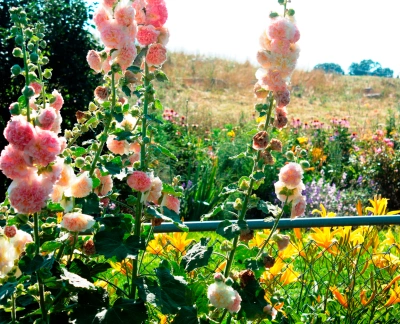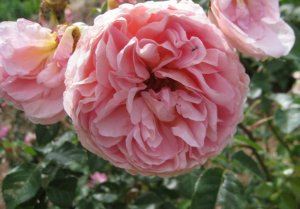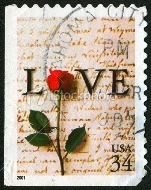 A hearty welcome to my good friend Cindy Nord who is visiting with me to share her passion for Victorian fashion and her exciting historical romance novel, No Greater Glory.
A hearty welcome to my good friend Cindy Nord who is visiting with me to share her passion for Victorian fashion and her exciting historical romance novel, No Greater Glory.
I’ve known Cindy since our contest circuit days when we both finaled in The Emily, and other historical romance chapter contests, culminating in our both being 2008 Golden Heart Finalists. What a thrill that was and we were able to meet in person and introduce our long-suffering and supportive hubbies. And now, back to Cindy and her marvelous bonnets. As a former Civil War reenactor, she owns several herself. I would love a whole collection of them and the gowns, of course. All colors and styles, though I’ll pass on the full black mourning one.
 VICTORIAN BONNETS – A CHAPEAU BY ANY OTHER NAME :
VICTORIAN BONNETS – A CHAPEAU BY ANY OTHER NAME :
Merriam-Webster defines a bonnet as a hat tied under the chin with a ribbon. Aside from the Victorian clothing, the accessory that most proclaims a lady is her bonnet. According to the Britannica Encyclopedia, most women in the 19th century had at least two bonnets, one suitable for summer weather and often made from straw, and one made from heavier, more durable fabric for winter wear. In fact, this is where the tradition of an Easter bonnet originated, when women would switch from their winter bonnet to their lighter one for summer. The hair was worn long back then and the bonnet skirts hid the mass of curls encased inside hair netting. For the true Victorian woman, modesty reigned supreme. Even their hair, like her legs, were covered when traveling or shopping.
 Wealthier women would own many bonnets, suitable for different occasions. Several styles and designs of headgear dominated the mid-19th century, but the bonnet remained one of the true symbols denoting a Victorian women.
Wealthier women would own many bonnets, suitable for different occasions. Several styles and designs of headgear dominated the mid-19th century, but the bonnet remained one of the true symbols denoting a Victorian women.
Young or old, rich or poor, a woman rarely left her home without a covered head. And for a widow, a bonnet was de rigueur. Built on a frame of willow, net and wires, silk bonnets, straw bonnets, elaborately pleated with frills and ruching, these chapeaus of specific design were worn outdoors in all public arenas including churches, the mercantile, art galleries, or while traveling to visit family or acquaintances.

 The fabrics that were favored ran the gamut from polished cotton to expensive silks and brocades. And the designs of the material varied. Small checks were fashionable for travel bonnets while black crape was selected for mourning. Trims could be tacked on and off with merely a few deft stitches and were easily removed or replaced when the outfit required something new.
The fabrics that were favored ran the gamut from polished cotton to expensive silks and brocades. And the designs of the material varied. Small checks were fashionable for travel bonnets while black crape was selected for mourning. Trims could be tacked on and off with merely a few deft stitches and were easily removed or replaced when the outfit required something new.
In 1856, William Henry Perkin discovered the first synthetic aniline dye and the colors of material brightened immensely.
 Along with plaids and the vibrant new color choices, bonnet material choices exploded. Now, silk charmeuse could be used on the outside and matching cotton could line inside. Fabric flowers were often removed from one bonnet and transferred to another at whim. Silk ribbons or other materials were tied under the chin to anchor the piece to the head. On other occasions, the ribbons were worn flowing and the bonnet was anchored with a hat pin…and many times the bow and the bonnet skirt, also called a bavolet, would matched.
Along with plaids and the vibrant new color choices, bonnet material choices exploded. Now, silk charmeuse could be used on the outside and matching cotton could line inside. Fabric flowers were often removed from one bonnet and transferred to another at whim. Silk ribbons or other materials were tied under the chin to anchor the piece to the head. On other occasions, the ribbons were worn flowing and the bonnet was anchored with a hat pin…and many times the bow and the bonnet skirt, also called a bavolet, would matched.
 *Child in a visiting bonnet
*Child in a visiting bonnet

A full mourning bonnet had no relief to the black crape used to cover the buckram or straw frame, save for perhaps a crape rosette or two and the crape folds decorating the crown. Under this was used a plain weave of black silk fabric. Only a widow’s bonnet displayed the white ruching beneath the brim to frame her face. During the winter months, molded wool felt bonnets were chosen. The high brim spoon bonnet, also called the ‘city’ bonnet, was the most popular design chosen during this time period. The second choice was the low brim style. Indeed a bonnet was a very specific type of chapeau…but it is always indicative of a Victorian lady.

These bonnets are just wonderful. What a fascinating glimpse into the past. One my ancestors were heavily invested in.

And now, a peek into NO GREATER GLORY:
Amid the carnage of war, he commandeers far more than just her home.
Widowed plantation owner Emaline McDaniels has struggled to hold on to her late husband’s dreams. Despite the responsibilities resting on her shoulders, she’ll not let anyone wrest away what’s left of her way of life—particularly a Federal officer who wants to set up his regiment’s winter encampment on her land. With a defiance born of desperation, she defends her home as though it were the child she never had…and no mother gives up her child without a fight.
Despite the brazen wisp of a woman pointing a gun at his head, Colonel Reece Cutteridge has his orders. Requisition Shapinsay—and its valuable livestock—for his regiment’s use, and pay her with Union vouchers. He never expected her fierce determination, then her concern for his wounded, to upend his heart—and possibly his career.
As the Army of the Potomac goes dormant for the winter, battle lines are drawn inside the mansion. Yet just as their clash of wills shifts to forbidden passion, the tides of war sweep Reece away. And now their most desperate battle is to survive the bloody conflict in Virginia with their lives—and their love—intact.
 EXCERPT From Chapter One:
EXCERPT From Chapter One:
October 1862
Seven miles west of Falmouth, Virginia
A bitter wind slammed through the tattered countryside, sucking warmth from the morning. Emaline McDaniels rocked back in the saddle when she heard the shout. She glanced over her shoulder and her eyes widened. Across the fields of ragged tobacco, her farrier rode toward her at breakneck speed. Lines of alarm carved their way across the old man’s ebony face.
Emaline spurred her horse around to meet him. “What’s wrong?”
Tacker pointed a gnarled finger eastward. “Yankees, Miz Emaline! Coming up da road from Falmouth!”
“Yankees?” Her heart lurched against her ribs. She’d heard of their thievery, the fires and destruction left in their wake. Teeth-gritting determination to save her home flashed through her. She leaned sideways, gripping his work-worn sleeve. “Are you sure they’re not the home guard?”
 “No, ma’am. I seen ’em, dey’s blue riders, for sure. Hundreds of ’em.”
“No, ma’am. I seen ’em, dey’s blue riders, for sure. Hundreds of ’em.”
Two workers moved closer to listen to the exchange, and the farrier acknowledged them with a quick nod.
“Everyone back to the cabins,” Emaline snapped, sinking into the saddle. “And use the wagon road along the river. It’ll be safer.”
“Ain’t you comin’ with us?”
“No. Now move along quickly, all of you. And keep out of sight.” She flicked the reins and her horse headed straight across the fields toward the red-brick mansion that hugged the far edge of the horizon.
The spongy ground beneath the animal’s hooves churned into clods of flying mud. Aside from a few skirmishes nearby, the war had politely stayed east along the Old Plank Road around Fredericksburg.
Her mare crested the small hillock near the main house, and Emaline jerked back on the leather reins. Off to her far right, a column of cavalrymen numbering into the hundreds approached. The dust cloud stirred up by their horses draped in a heavy haze across the late-morning air. In numbed fascination, she stared at the pulsing line of blue-coated soldiers, a slithering serpent of destruction a quarter of a mile long.
Waves of nausea welled up from her belly. “Oh my God…” she whispered. She dug her boot heels into the mare’s sides and the nimble sorrel sprang into another strong gallop. Praying she’d go unnoticed, Emaline leaned low, her thoughts racing faster than the horse. What do they want? Why are they here?
Her fingers curled into the coarse mane as seconds flew past. At last, she reached the back entrance of the mansion. Quickly dismounting, she smacked the beast’s sweaty flank to send it toward the stable then spun to meet the grim expression fixed upon the face of the old woman who waited for her at the bottom of the steps. “I need Benjamin’s rifle!”
 “Everythin’s right dere, Miz Emaline. Right where you’d want it.” She shifted sideways and pointed to the .54 caliber Hawkins, leather cartridge box and powder flask lying across the riser like sentinels ready for battle. “Tacker told me ’bout the Yankees afore he rode out to find you.”
“Everythin’s right dere, Miz Emaline. Right where you’d want it.” She shifted sideways and pointed to the .54 caliber Hawkins, leather cartridge box and powder flask lying across the riser like sentinels ready for battle. “Tacker told me ’bout the Yankees afore he rode out to find you.”
“Bless you, Euley.” Emaline swept up the expensive, custom-made hunting rifle her late husband treasured. The flask followed and she tumbled black crystals down the rifle’s long muzzle. A moment later, the metal rod clanked down inside the barrel to force a lead ball home.
She’d heard so many stories of the bluecoats’ cruelty. What if they came to kill us? The ramrod fell to the ground. With a display of courage she did not feel, Emaline heaved the weapon into her arms, swept past the old servant, and took the wooden steps two at a time. There was no time left for what ifs.
“You stay out of sight now, Euley. I mean it.” The door banged shut behind Emaline as she disappeared into the house.
Each determined footfall through the mansion brought her closer and closer to the possibility of yet another change in her life. She eased open the front door and peered out across Shapinsay’s sweeping lawns. Dust clogged the air and sent another shiver skittering up her spine. She moved out onto the wide veranda, and with each step taken, her heart hammered in her chest. Five strides later, Emaline stopped at the main steps and centered herself between two massive Corinthian columns.

She squared her shoulders. She lifted her chin. She’d fought against heartbreak every day for three years since her husband’s death. She’d fought the constant fear of losing her beloved brother in battle. She fought against the effects of this foolhardy war that sent all but two of her field hands fleeing. If she could endure all that plus operate this plantation all alone to keep Benjamin’s dreams alive, then surely, this too, she could fight.
And the loaded weapon? Well, it was for her fortitude only.
She knew she couldn’t shoot them all.
“Please, don’t turn in,” she mumbled, but the supplication withered on her lips when the front of the long column halted near the fieldstone gateposts at the far end of the lane. Three cavalrymen turned toward her then approached in a steadfast, orderly fashion.
Her gaze skimmed over the first soldier holding a wooden staff, a swallow-tailed scrap of flag near its top whipping in the breeze. The diminutive silk bore an embroidered gold star surrounded by a laurel wreath, the words, US Cavalry-6th Ohio, stitched beneath. Emaline disregarded the second cavalryman and centered her attention directly upon the officer.
The man sat his horse as if he’d been born in the saddle, his weight distributed evenly across the leather. A dark slouch hat covered sable hair that fell well beyond the collar of his coat. Epaulets graced both broad shoulders, emphasizing his commanding look. A lifetime spent in the sun and saddle added a rugged cast to his sharp, even features.
An overwhelming ache throbbed behind her eyes. What if she had to shoot him?
Or worse—what if she couldn’t?
The officer reined his horse to a stop beside the front steps. His eyes, long-lashed and as brown as a bay stallion’s, caught and held hers. Though he appeared relaxed, Emaline sensed a latent fury roiling just beneath the surface of his calm.
Her hands weakened on the rifle and she leaned forward, a hair’s breadth, unwillingly sucked into his masculinity as night sucked into day. Inhaling deeply, she hoisted the Hawkins to her shoulder, aiming it at his chest. Obviously, in command, he would receive her lone bullet should he not heed her words. “Get off my land!”~

Fabulous, Cindy, Thanks so much for being here and sharing.
To Purchase
No Greater Glory at
Amazon:
*Royalty free Civil War reenactor images
***Bonnet photos courtesy of Museum of Fine Arts Boston, Mrs. Parker’s Millinery and Mercantile, & NorthSouth Emporium












